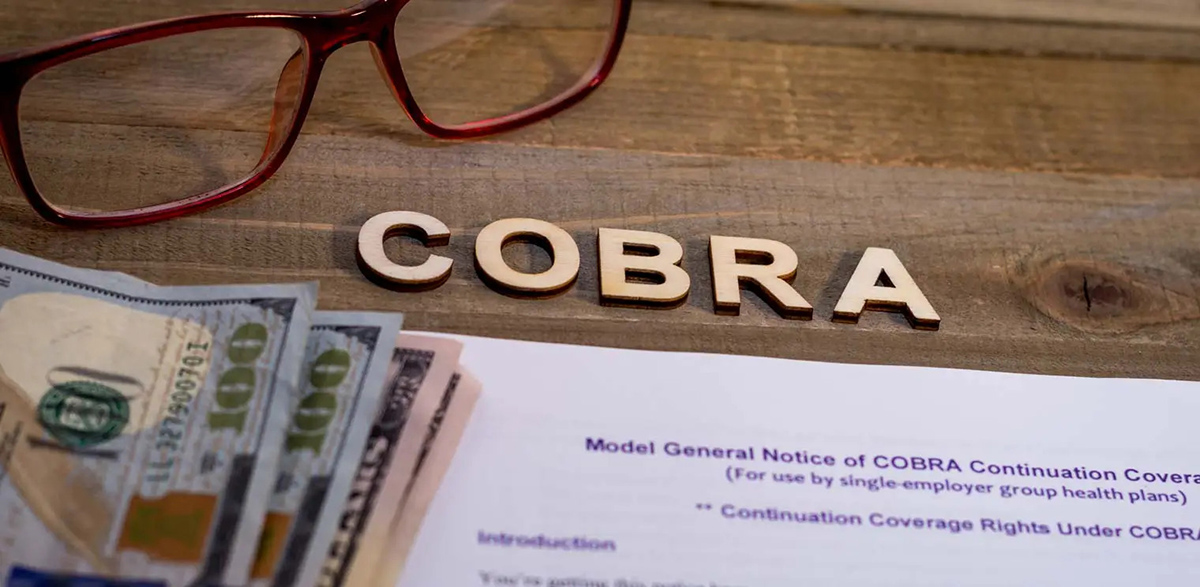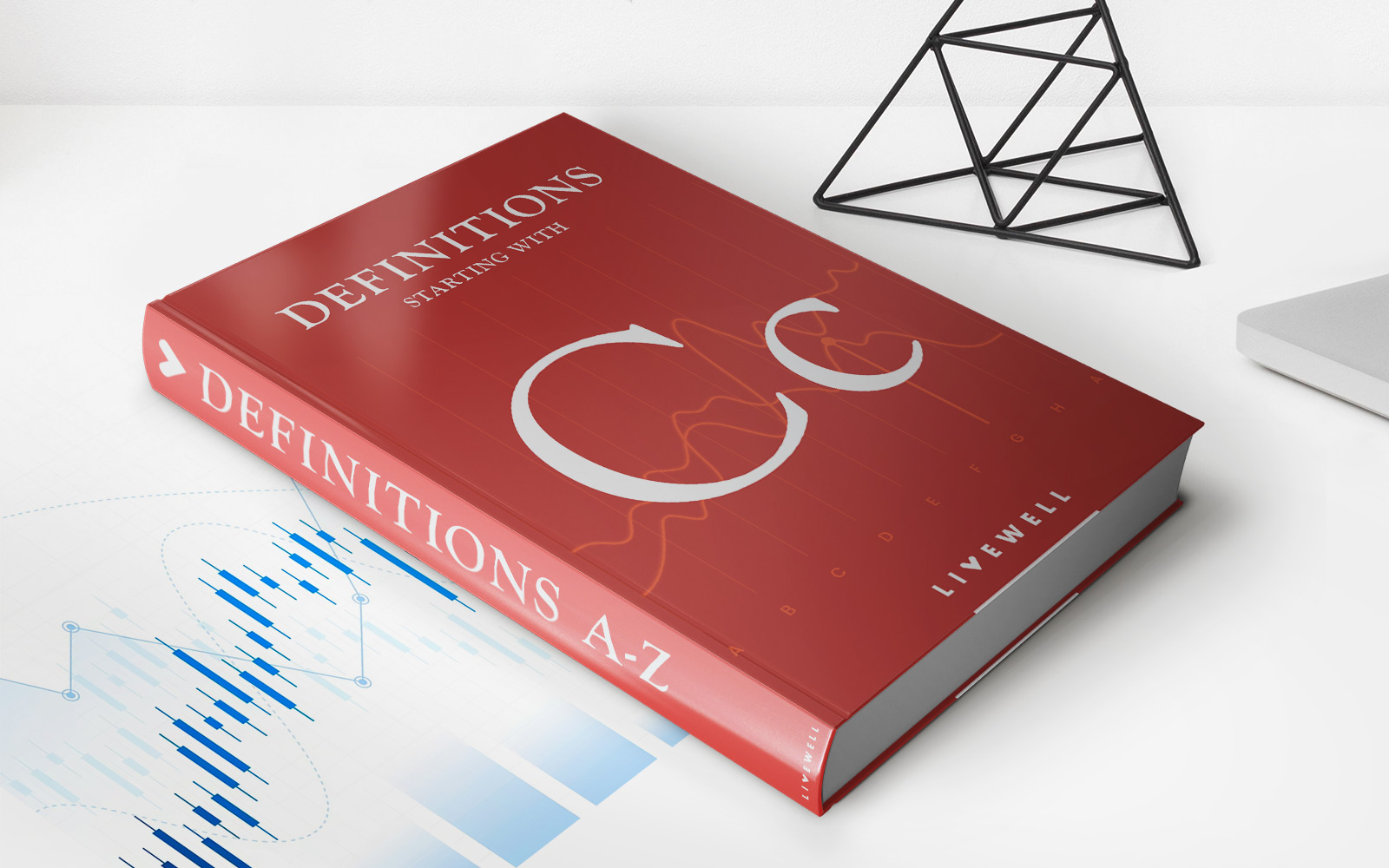

Finance
How Does CPI Insurance Work?
Published: November 20, 2023
Learn how CPI insurance works and how it can protect your finances. Understand the benefits and coverage provided by CPI insurance.
(Many of the links in this article redirect to a specific reviewed product. Your purchase of these products through affiliate links helps to generate commission for LiveWell, at no extra cost. Learn more)
Table of Contents
Introduction
Welcome to our comprehensive guide on CPI Insurance! If you’ve ever wondered how CPI Insurance works or if you should consider getting it, you’ve come to the right place. In this article, we will break down the ins and outs of CPI Insurance and provide you with all the information you need to make an informed decision.
CPI, which stands for Collateral Protection Insurance, is a type of insurance policy designed to protect lenders and borrowers in the event of damage or loss to a financed asset. This insurance typically applies to assets such as cars, motorcycles, boats, or recreational vehicles that are being financed through a loan or lease. CPI Insurance is meant to ensure that both parties are financially protected in case of accidents, thefts, or total losses.
Understanding how CPI Insurance works is essential for anyone obtaining financing for a high-value asset. By having a clear grasp of the criteria for CPI Insurance, as well as the benefits and drawbacks it offers, you can determine whether it’s the right choice for you.
In the following sections, we will dive deeper into the specifics of CPI Insurance, explaining the working mechanism, the criteria involved, and the advantages and disadvantages of opting for such coverage. By the end, you’ll be equipped with the knowledge needed to make an informed decision regarding CPI Insurance, empowering you to protect your investment effectively.
What is CPI Insurance?
CPI Insurance, also known as Collateral Protection Insurance, is a type of insurance policy that safeguards lenders and borrowers in the event of damage, theft, or loss to a financed asset. This insurance coverage is typically required by lenders when you finance a high-value asset like a car, motorcycle, boat, or recreational vehicle.
When you obtain financing for an asset, the lender has a vested interest in protecting their investment. In the case of a car loan, for example, the lender holds the title of the vehicle until the loan is fully repaid. If the borrower fails to maintain proper insurance coverage on the vehicle, it puts the lender’s asset at risk.
CPI Insurance steps in to fill the gap if the borrower’s primary insurance coverage is insufficient or lapses. It acts as a safety net, protecting both the borrower and the lender in the event of unforeseen circumstances that may result in financial loss.
In a nutshell, CPI Insurance is a way to ensure that both parties involved in the financing agreement are protected. For lenders, it minimizes the risk of asset depreciation or loss due to insufficient insurance coverage. For borrowers, it offers financial protection in the event of accidents, thefts, or total losses, allowing them to fulfill their repayment obligations in case of unexpected events.
It’s important to note that CPI Insurance is not the same as traditional primary auto insurance. While primary insurance covers liability, collision, and comprehensive damages, CPI Insurance is specifically focused on protecting the lender’s interest in the financed asset. CPI Insurance does not cover personal liability or damages to other vehicles or property; it solely addresses the potential loss incurred by the lender in the event of damage or loss to the financed asset.
Now that we have covered the basics of what CPI Insurance is, let’s delve into how it actually works.
How CPI Insurance Works
Understanding how CPI Insurance works is crucial to grasp its purpose and relevance in the context of financing a high-value asset. Let’s explore the key components of how CPI Insurance operates:
1. Lender’s requirement: When you enter into a financing agreement for an asset, such as a vehicle, the lender typically requires you to maintain comprehensive insurance coverage on the asset. This ensures that in the case of an accident or loss, their investment is protected. However, if you fail to maintain proper insurance or if your coverage lapses, the lender may require you to obtain CPI Insurance.
2. Assessment and premium calculation: When CPI Insurance is necessary, the lender will assess the value of the asset and determine the premium for the insurance coverage. The premium is often added to your monthly loan payments, making it convenient to manage both the loan and the insurance costs in a single payment.
3. Coverage period: CPI Insurance is typically issued for a specific period of time, usually coinciding with the duration of the loan. During this period, the CPI Insurance policy will be in effect, providing coverage for the financed asset.
4. Insurance claims: In the event of damage, theft, or loss to the asset, you will need to file an insurance claim with the CPI Insurance provider. The claims process may vary depending on the insurance company, but generally, you will need to provide evidence of the incident, such as police reports or repair estimates.
5. Insurance payout: If your claim is approved, the CPI Insurance provider will compensate the lender for the loss or damage suffered. This payout ensures that the lender is reimbursed for the value of the asset, reducing their financial risk. It’s important to remember that any remaining balance on the loan will still need to be paid by the borrower.
6. Continuation of coverage: It’s crucial to maintain primary insurance coverage on the asset throughout the loan period, even if you have CPI Insurance. If your primary insurance lapses, the lender may be alerted and could potentially require you to obtain CPI Insurance to bridge the coverage gap.
Overall, CPI Insurance works as a safeguard for lenders and borrowers, ensuring that the lender’s investment in the asset is protected and that the borrower can meet their financial obligations in the event of unforeseen circumstances.
Now that we understand how CPI Insurance works, let’s explore the criteria lenders use to determine if CPI Insurance is required.
Criteria for CPI Insurance
The decision to require CPI Insurance is typically made by the lender, and the specific criteria may vary from one institution to another. However, there are some common factors that lenders consider when determining whether CPI Insurance is necessary. Let’s explore these criteria:
- Asset type and value: Lenders often require CPI Insurance for high-value assets, such as cars, motorcycles, boats, or recreational vehicles. The value of the asset is a key consideration, as it directly impacts the potential financial risk for the lender.
- Loan amount: The loan amount also plays a role in determining whether CPI Insurance is required. Lenders may choose to mandate this coverage for loans that exceed a certain threshold, typically to protect their investment in the event of a significant loss.
- Borrower’s insurance history: Lenders may review the borrower’s insurance history to assess their risk profile. If the borrower has a track record of lapsing on insurance coverage or has a history of accidents, the lender may be more inclined to require CPI Insurance to mitigate their potential loss.
- Borrower’s credit history: The borrower’s credit history can also influence the decision to require CPI Insurance. If the borrower has a low credit score or a history of financial difficulties, the lender may consider CPI Insurance as a precautionary measure to protect their investment.
- Geographic factors: The location of the asset can factor into the decision for CPI Insurance. If the area has a higher risk of theft, vandalism, or natural disasters, the lender may require additional coverage to safeguard against these risks.
It’s important to note that lenders have the discretion to determine their own criteria for requiring CPI Insurance. Some lenders may have more stringent requirements, while others may have more lenient policies. Before entering into a financing agreement, it’s essential to review the lender’s terms and conditions to understand if CPI Insurance is a mandatory component of the loan.
Now that we’ve examined the criteria for CPI Insurance, let’s explore the benefits it offers to lenders and borrowers.
Benefits of CPI Insurance
CPI Insurance provides several benefits for both lenders and borrowers involved in a financing agreement. Let’s take a closer look at the advantages of having CPI Insurance:
- Asset protection: For lenders, CPI Insurance ensures the protection of their investment in the financed asset. In the event of damage, theft, or total loss, the insurance coverage provides financial reimbursement, reducing the lender’s risk and potential loss.
- Reduced financial risk: By requiring CPI Insurance, lenders minimize their financial risk associated with the financing agreement. If the borrower’s primary insurance coverage lapses or is insufficient, the CPI Insurance steps in to cover potential losses, allowing the lender to collect the remaining loan balance.
- Peace of mind: For borrowers, CPI Insurance provides peace of mind knowing that their financial obligations can be met in the event of unexpected circumstances. It ensures that they won’t be burdened with a substantial debt if their asset is damaged or stolen.
- Convenience: Combining the CPI Insurance premium with the monthly loan payments simplifies the management of both expenses. Borrowers do not have to worry about making separate payments for insurance and loan repayment, as it is included in a single payment.
- Access to financing: CPI Insurance may make it easier for borrowers to secure financing for higher-value assets. Lenders may be more willing to extend credit knowing that their investment is protected through the insurance coverage.
- Compliance with loan terms: By obtaining CPI Insurance, borrowers ensure that they are meeting the requirements set by the lender. This helps maintain a good standing and avoids potential penalties or default on the loan.
These benefits highlight the importance of CPI Insurance in protecting the interests of both lenders and borrowers. It provides a safety net that offers financial security and peace of mind throughout the loan period.
However, like any insurance product, CPI Insurance also has its drawbacks. Let’s explore these potential drawbacks in the next section.
Drawbacks of CPI Insurance
While CPI Insurance provides various benefits, it’s essential to consider the potential drawbacks associated with this type of coverage. Here are some of the disadvantages to be aware of:
- Additional cost: Obtaining CPI Insurance adds an extra expense to the overall cost of financing an asset. The premiums for CPI Insurance are typically added to the monthly loan payments, increasing the total amount borrowers need to repay over the loan term.
- Limited coverage: CPI Insurance primarily protects the lender’s interest in the financed asset. It does not provide coverage for personal liability or damages to other vehicles or property. Therefore, borrowers still need to maintain primary insurance coverage to address these additional risks.
- Potential for overlap: In some cases, borrowers may already have comprehensive insurance coverage that adequately protects the asset. If lenders still require CPI Insurance, it could lead to duplicate coverage and unnecessary expenses.
- Claims process: Filing an insurance claim, whether it’s for primary insurance or CPI Insurance, can be a lengthy and complex process. Borrowers may face challenges in providing the necessary documentation and navigating the claims process, potentially causing delays and additional stress.
- Higher loan amount: Including the CPI Insurance premium in the loan amount can result in borrowers taking on a higher loan than they initially intended. This increases the overall debt and the corresponding interest charges over the loan term.
- Restrictions and limitations: CPI Insurance policies may come with certain restrictions and limitations, such as a maximum coverage limit or specific exclusions. It’s important to carefully review the terms and conditions of the policy to fully understand the extent of coverage.
While these drawbacks are worth considering, they should be weighed against the potential benefits and the specific circumstances of the financing agreement. For some borrowers, the peace of mind and financial protection provided by CPI Insurance may outweigh the associated costs and limitations.
Now that we’ve examined the benefits and drawbacks of CPI Insurance, let’s discuss whether you should consider obtaining this type of coverage.
Should You Get CPI Insurance?
Deciding whether to obtain CPI Insurance depends on several factors, including your financial situation, risk tolerance, and the requirements set by the lender. Here are some considerations to help you determine if CPI Insurance is right for you:
- Lender’s requirement: If the lender mandates CPI Insurance as a condition of the loan agreement, it becomes a necessary expense. Failing to comply with this requirement may result in penalties or even the cancellation of the loan.
- Risk profile: Consider your level of risk tolerance and your ability to assume the potential financial loss associated with the financed asset. If you cannot afford to cover the outstanding loan balance in the event of damage, theft, or total loss, CPI Insurance can provide a valuable safety net.
- Existing coverage: Evaluate your current primary insurance coverage. If it is comprehensive and provides adequate protection for the financed asset, you may question the need for additional CPI Insurance. However, if there are coverage gaps or the policy does not meet the lender’s requirements, CPI Insurance becomes crucial.
- Budget considerations: Assess the financial impact of adding CPI Insurance premiums to your monthly loan payments. Determine if the additional cost fits within your budget and if it is manageable alongside other expenses.
- Asset value and loan amount: The value of the asset and the loan amount can influence the decision. If you are financing a high-value asset or have a significant loan amount, the potential financial loss may justify the need for CPI Insurance.
- Comparison shopping: Consider obtaining quotes from multiple CPI Insurance providers to compare coverage options and premiums. This allows you to make an informed decision based on the best available options.
Ultimately, the decision to get CPI Insurance depends on your individual circumstances and the terms set by the lender. Carefully review the loan agreement and discuss your options with insurance providers to assess the necessity and cost-effectiveness of CPI Insurance.
Remember, CPI Insurance is designed to protect both the lender and the borrower in the event of unforeseen circumstances. It offers an added layer of security and ensures that you can fulfill your financial obligations in case of accidents, thefts, or total losses to the financed asset.
Now, let’s wrap up our discussion on CPI Insurance.
Conclusion
CPI Insurance, or Collateral Protection Insurance, plays a vital role in protecting both lenders and borrowers involved in financing high-value assets. It serves as a safety net, ensuring that lenders’ investments are shielded and borrowers can meet their financial obligations in the face of unexpected events.
Understanding the ins and outs of CPI Insurance is crucial for anyone obtaining financing for a valuable asset. By familiarizing yourself with the criteria, benefits, and drawbacks of CPI Insurance, you can make an informed decision that aligns with your financial situation and risk tolerance.
While CPI Insurance provides numerous advantages, such as asset protection, reduced financial risk, and peace of mind, it’s essential to consider the potential drawbacks, such as additional costs and coverage limitations.
Whether or not you should obtain CPI Insurance depends on factors such as the lender’s requirements, your risk profile, existing coverage, budget considerations, and the value of the asset and loan amount. Analyze these factors carefully to determine if CPI Insurance is a necessary and cost-effective investment for your specific circumstances.
Remember, each financing agreement and individual situation is unique. It’s crucial to review the terms and conditions of your loan, consult with insurance providers, and assess your personal risk tolerance before committing to CPI Insurance.
We hope this comprehensive guide has provided you with the knowledge and insights needed to understand how CPI Insurance works and make an informed decision. By protecting your investment and ensuring financial security, CPI Insurance can help you navigate the financing of high-value assets with greater peace of mind.














